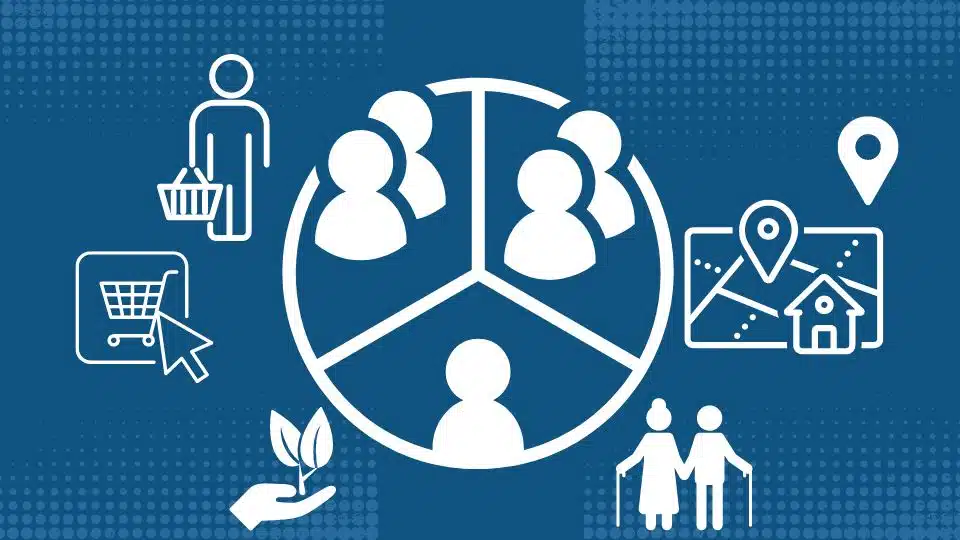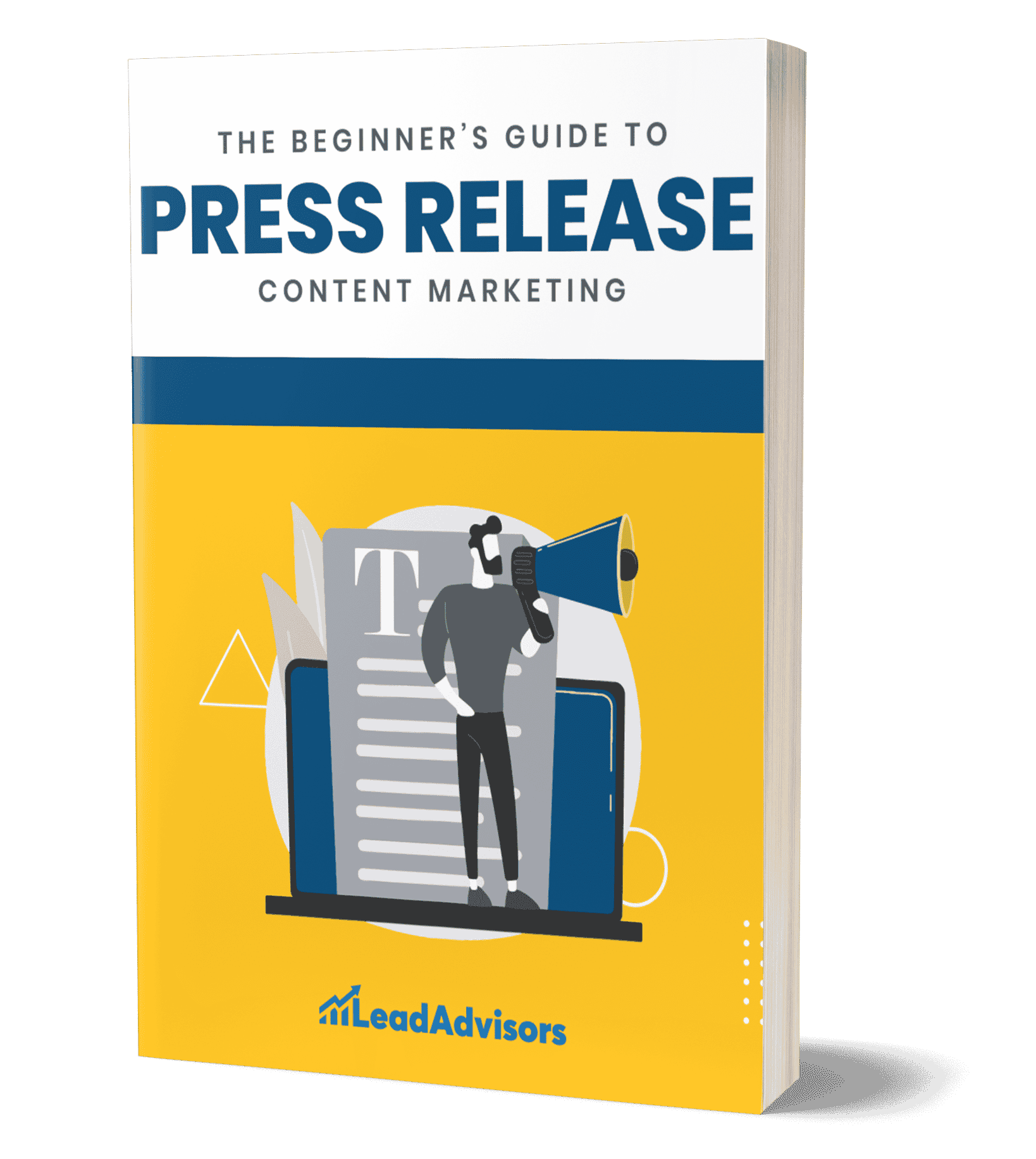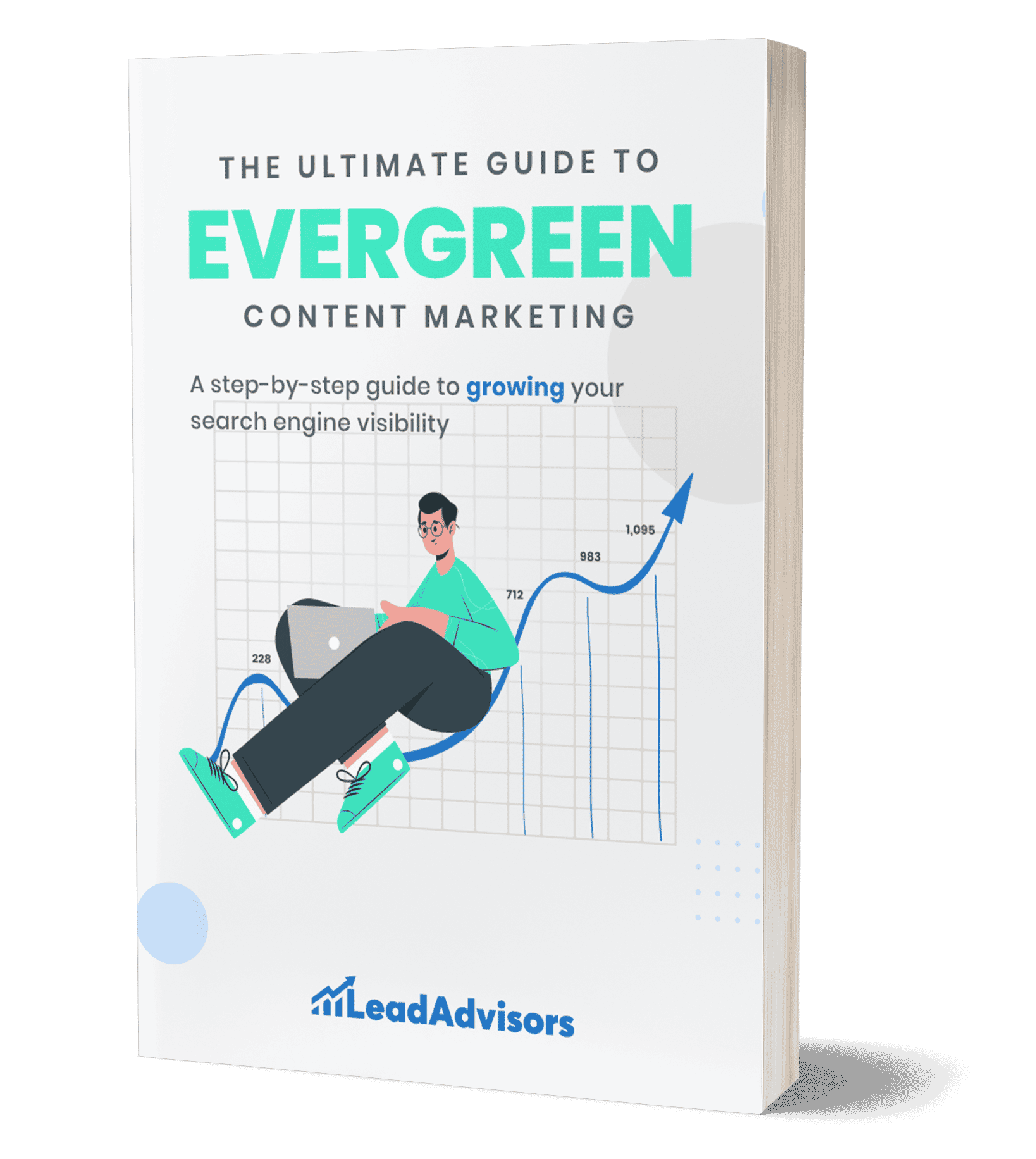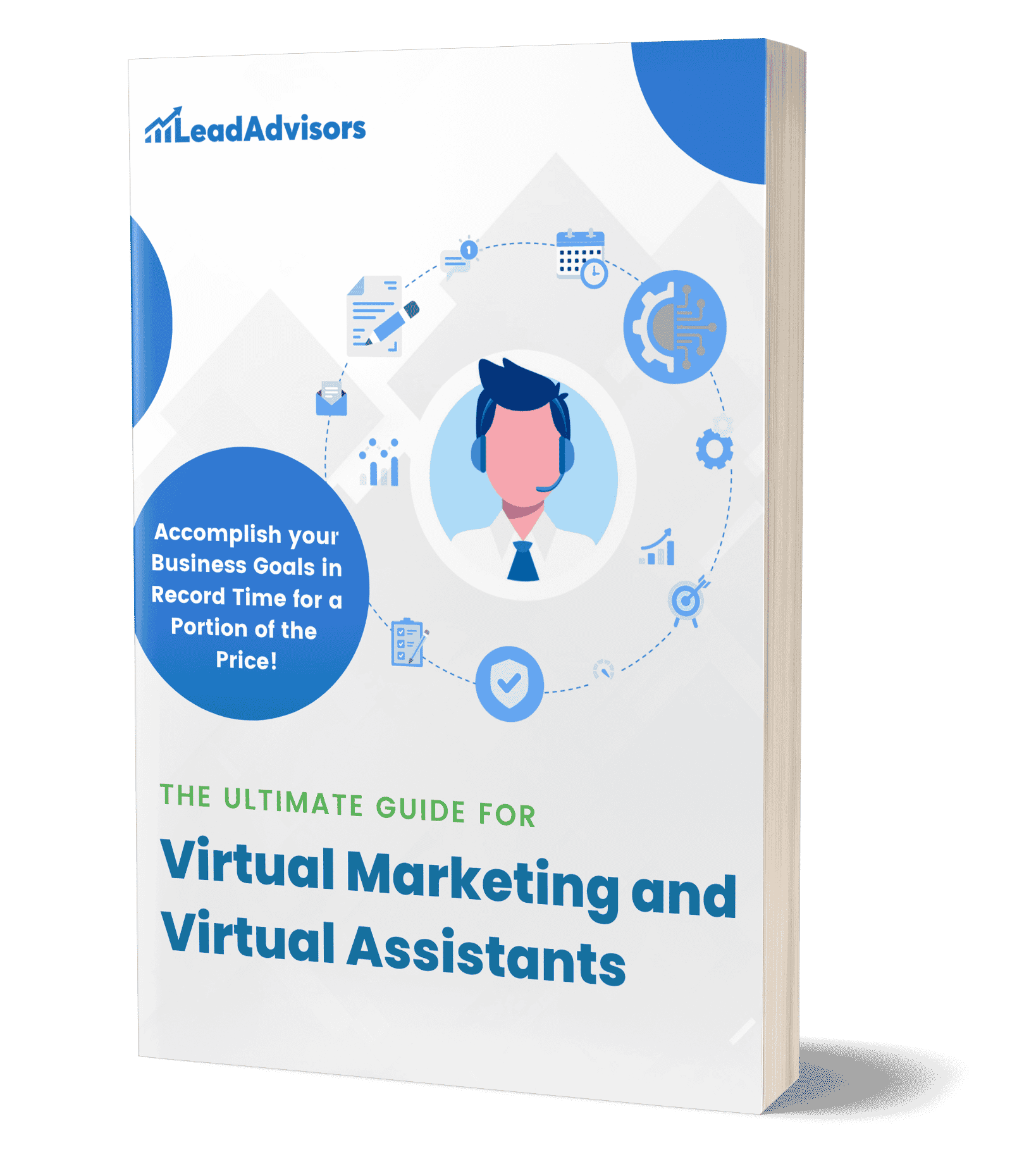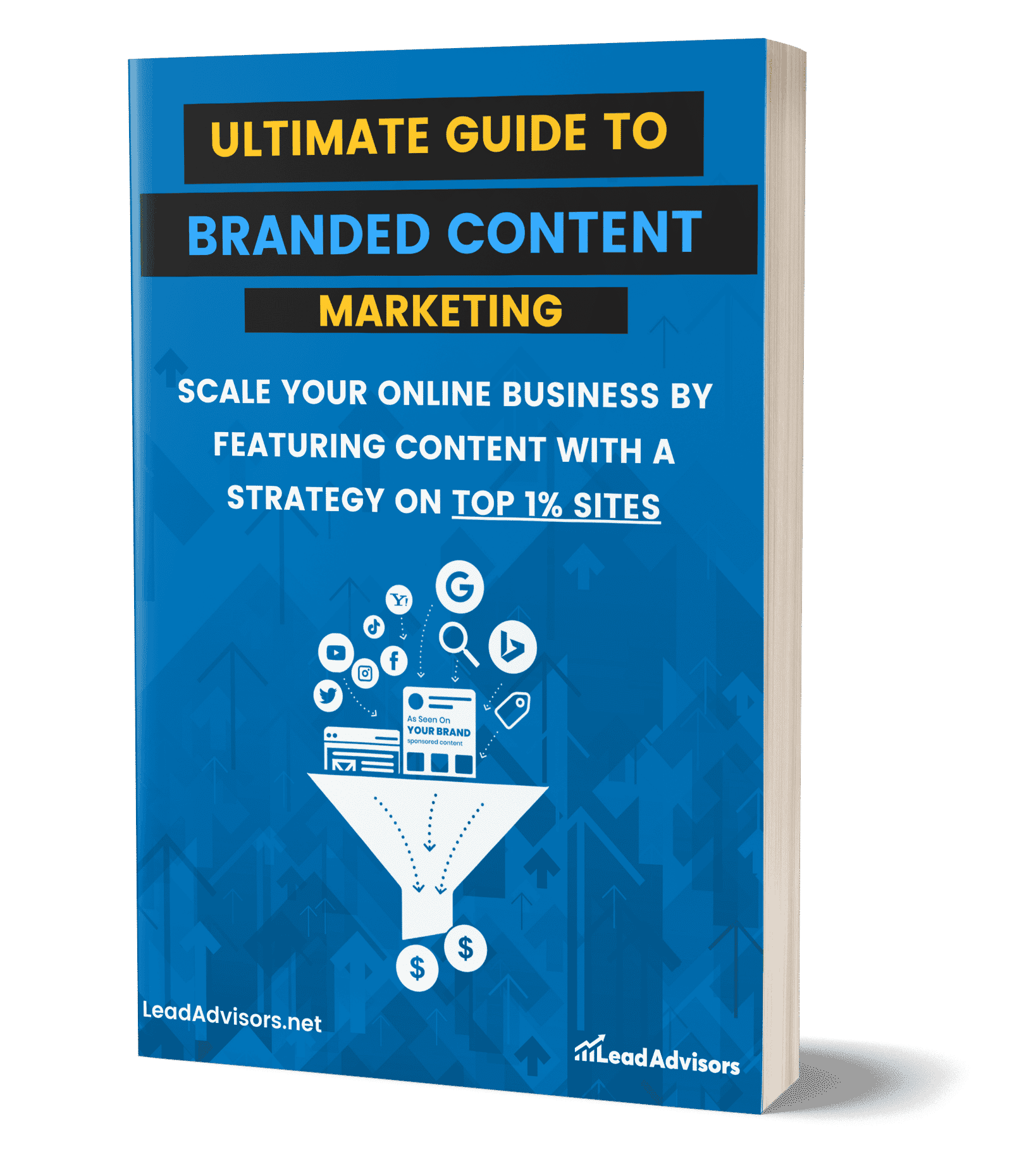Are you struggling to connect with your audience despite your best content marketing efforts? Many businesses encounter this challenge, finding that their messages often fail to resonate with every segment of their diverse audience, leading to wasted resources and missed opportunities. This is why content segmentation is vital to keep your audience’s attention and can further lead them to your intended goal.
Without addressing the unique needs and preferences of your audience, you risk producing generic content that lacks impact. In a landscape where over 80% of consumers are more likely to purchase from brands offering personalized experiences, neglecting to tailor your content can put you at a disadvantage against competitors who are more attuned to their audience’s specific needs.
This guide will walk you through the essentials of content segmentation. Hoping that after you read this, you can refine your content strategy to reach the right people with the right message at the right time.
What Is Content Segmentation?

Content segmentation is the strategic practice of dividing content into distinct categories tailored to specific audience segments. This ensures more relevant and impactful messaging.
For example, an e-commerce business might segment its audience based on purchase behavior, creating personalized content for frequent buyers, first-time visitors, and customers who have abandoned their carts. Each segment receives tailored messages, such as loyalty rewards for repeat customers or reminder emails for those with abandoned carts, as well as engagement and conversion rates across the board.
Further, user intent analysis is utilized to identify what different segments are searched for to allow content to be precisely targeted. Next, audit your website to uncover how well current content meets audience needs to guide segmentation efforts. Align the content production process with these strategies to produce tailored content efficiently. Additionally, conduct keyword research to identify the terms each segment uses to craft content that resonates with their search behavior. Finally, a content gap analysis will be performed to discover opportunities where segmented content can address unmet needs, further enhancing relevance and engagement.
Overall, content segmentation is crucial because it allows businesses to deliver highly personalized and relevant content to distinct audience groups. By tailoring content to specific segments, businesses can address the unique needs, preferences, and pain points of each group, leading to higher engagement, improved customer satisfaction, and increased conversion rates. In a competitive market, where consumers expect personalized experiences, content segmentation ensures that your messaging resonates more deeply with your audience.
Types of Content Segmentation
As part of a great content hub, content segmentation involves dividing your audience into specific groups based on shared characteristics. This allows for more personalized and targeted messaging, which is essential for delivering the right content to the right audience at the right time.
Demographic Segmentation
Demographic segmentation involves tailoring content based on variables such as age, gender, income, education level, and occupation. For example, a financial services company might create different content for millennials focused on saving for a first home while targeting retirees with advice on investment strategies for post-retirement income.
Psychographic Segmentation
Psychographic segmentation delves into the psychological aspects of the audience, including values, attitudes, interests, and lifestyles. For instance, a brand selling eco-friendly products might target environmentally conscious consumers with content about sustainable living practices. This method of segmentation speaks directly to the values and lifestyle choices of a particular segment.
Behavioral Segmentation
Behavioral segmentation focuses on the actions and behaviors of users, such as their purchase history, product usage, and engagement patterns. An e-commerce site might segment its audience into frequent shoppers, first-time buyers, and cart abandoners, delivering personalized messages and offers to each group. This type of segmentation is particularly effective in driving conversions and building customer loyalty by addressing specific behaviors and needs.
Geographic Segmentation
Geographic segmentation involves creating content specific to a particular location, such as countries, regions, or cities. For example, a global brand might use geographic segmentation to promote winter clothing in colder climates while advertising summer apparel in warmer regions. This ensures that content is tailored to the audience’s local context.
How to Segment Content Effectively

Effective content segmentation requires a strategic approach to ensure that your messaging resonates with each specific audience group. This section will explore key strategies for successfully segmenting your content to maximize its impact across diverse audience segments.
Personalize Segmented Content
Personalization is crucial for making segmented content more relevant and engaging. Techniques like personalized email campaigns tailored to the recipient’s previous interactions can significantly boost engagement rates. Additionally, dynamic content on websites, which adjusts based on user behavior or profile, enhances customer satisfaction and conversion rates. Effective keyword placement within personalized content further improves search visibility. On the other hand, mobile optimization ensures seamless user experiences across devices. Incorporating different types of SEO content, such as blogs, listicles, product pages, and guides, into your segmentation strategy also strengthens overall relevance and impact.
For example, an online retailer might send personalized product recommendations based on a customer’s past purchases. This will potentially lead to higher click-through and conversion rates.
Map Content Using the Buyer’s Journey
Mapping content to different stages of the buyer’s journey—awareness, consideration, and decision—is crucial in content segmentation. For example, awareness-stage content might include educational blog posts that introduce potential customers to your brand. In contrast, decision-stage content might consist of detailed product comparisons or testimonials to help them make a final choice. This targeted approach ensures that the content is relevant to the user’s current stage in the buying process.
Leverage Data and Analytics for Content Segmentation
Data and analytics are the backbone of successful content segmentation. Tools like Google Analytics and CRM platforms provide metrics and insights that can be used to refine and optimize segmentation strategies. Regular analysis helps identify which segments are performing well and which need further adjustment, ensuring that content remains relevant and effective. This data-driven approach allows businesses to improve their content strategies for better results continuously.
Conclusion
Content segmentation is a powerful strategy that enables businesses to deliver personalized, relevant content to distinct audience segments. By understanding and applying the principles of audience segmentation, businesses can enhance engagement, improve targeting, and achieve better ROI. This approach is essential for businesses looking to stand out in a crowded market.
Moreover, incorporating strategies like content syndication, content pruning, and a targeted content promotion strategy ensures that your efforts are not only effective but also efficient, maximizing the reach and impact of your content. By adopting content segmentation, businesses can create more personalized and effective marketing campaigns that resonate with their target audience.
For businesses looking to stand out in a crowded market, partnering with experts like LeadAdvisors can ensure your segmentation strategies are executed effectively, maximizing your content’s impact and driving superior results.

